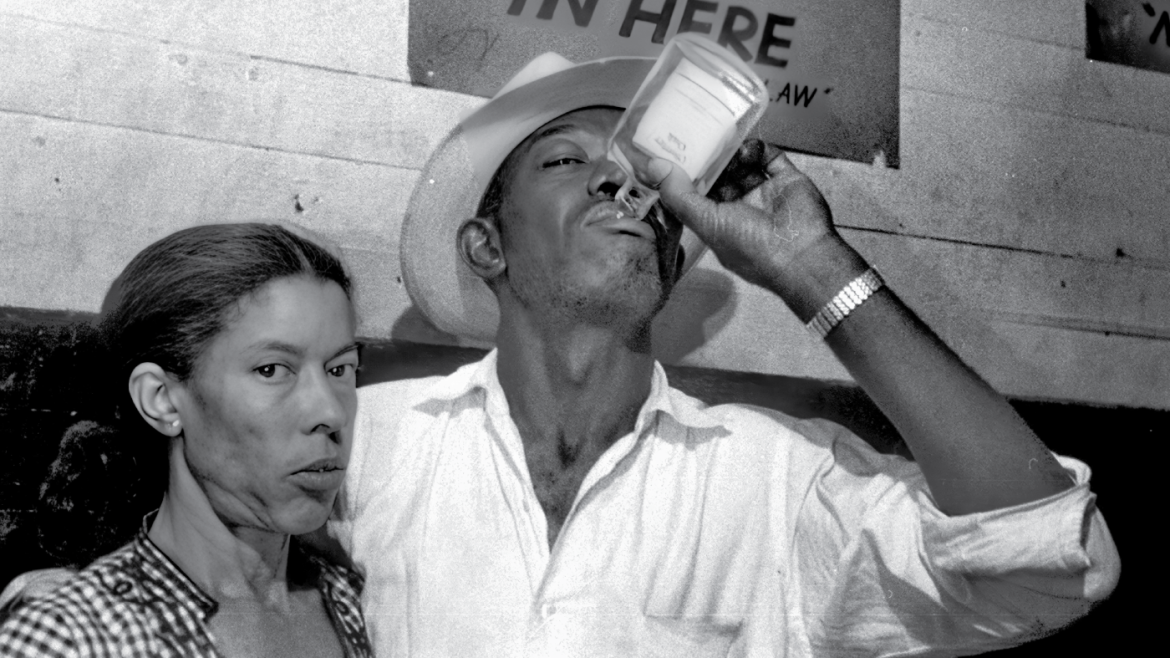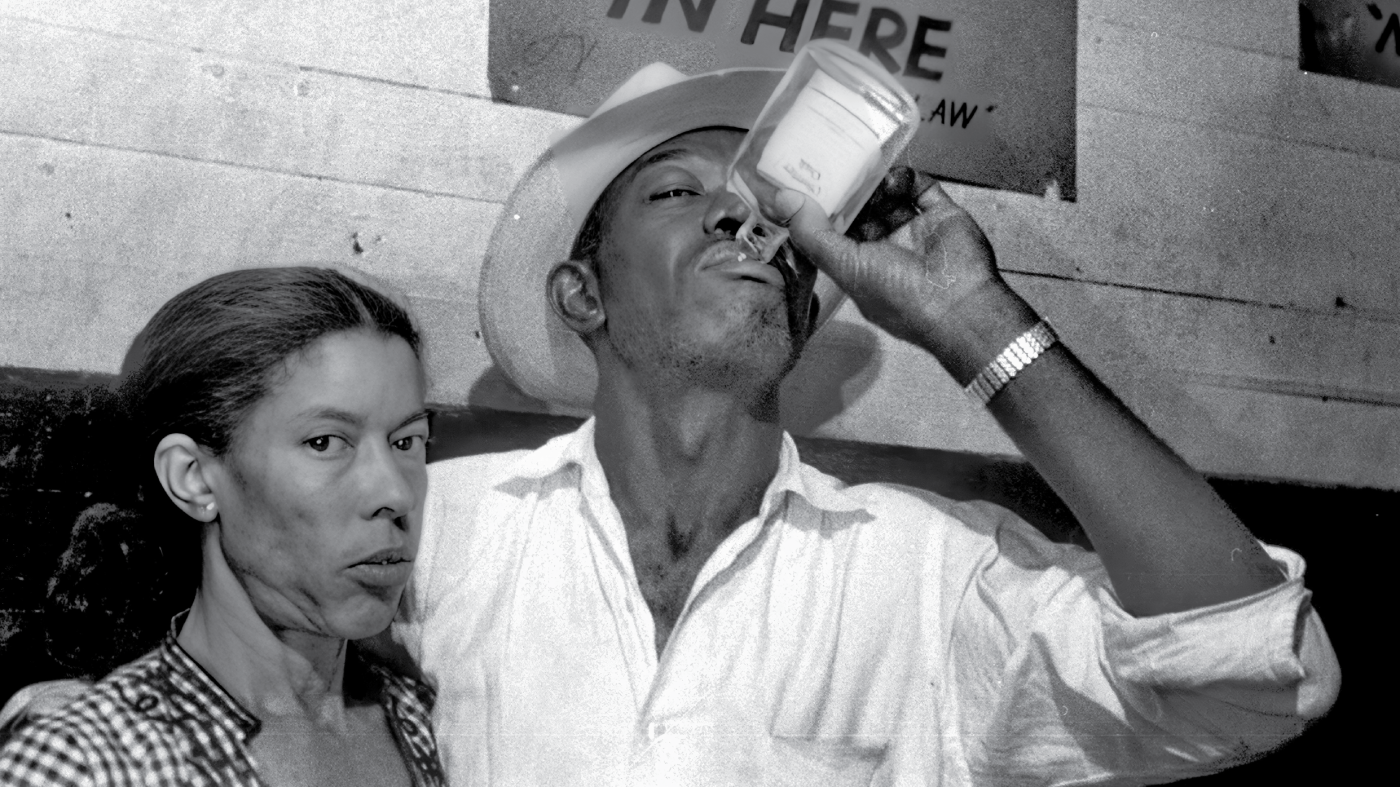Rediscovering the Depth in Well-Known Drinking and Old Songs
Old drinking songs and popular hits often come across as straightforward, catchy tunes designed for lighthearted enjoyment. Yet, beneath their familiar melodies and sing-along choruses lie deeper meanings, complex stories, and cultural histories that get overshadowed by surface impressions. A new album from the Lomax Archive titled *Drinking In Here* brings this fascinating duality into focus, highlighting how traditional boozy songs encapsulate social narratives while remaining infectious crowd-pleasers. Simultaneously, many famous songs widely recognized today carry hidden or misunderstood meanings that challenge our initial interpretations.
—
The Enduring Allure of Traditional Drinking Songs
Despite declining alcohol consumption in modern society, drinking songs have retained their timeless appeal. These tunes, often passed down across generations, are not merely about inebriation or revelry. Many are steeped in storytelling traditions reflecting humor, betrayal, social commentary, or coping mechanisms amid hardship.
For example, the roughly 250-year-old ballad *Three Nights Drunk* illustrates this vividly. On the surface, it sounds like a light, rollicking folksong, but its narrative reveals an adulterous wife cleverly manipulating her intoxicated husband. Such songs traditionarily circulated in taverns or gatherings, functioning as communal bonding rituals while delivering nuanced tales of human folly.
The *Drinking In Here* compilation from the Lomax Archive revives these potent stories, emphasizing how their resonance goes beyond mere sing-along ease. They’ve become cultural artifacts embodying the spirit of an era, offering insight into social customs and humor surrounding alcohol.
—
Misconceptions Behind Popular Songs
Beyond traditional folk material, modern popular songs also demonstrate a striking disparity between perceived and actual meanings. Many listeners embrace catchy hooks and catchy refrains without grasping the layered narratives embedded by composers.
One telling example comes from Dan Wilson’s songwriting process, initially conceived as a bartender’s anthem marking closing time. Yet, as the song evolved, it transformed into a metaphor for childbirth and separation, touching on themes of identity and belonging rather than mere drinking rituals.
Similarly, iconic tracks like Bruce Springsteen’s *Born In The USA* are often mistaken for patriotic anthems due to their anthemic choruses. However, a close reading reveals critical perspectives on war and disenfranchisement woven into the lyrics, subverting surface-level interpretations.
Songs from the ‘60s and ‘70s particularly excel at this layering of meaning. Sting’s soulfully delivered tunes might lure listeners into thinking of romance, while underlying possessiveness or cautionary tales lurk beneath. This complexity illustrates how some of the most memorable melodies used poetic devices to mask darker or more challenging themes without losing popular appeal.
—
Why Misunderstandings Persist
The reasons these misunderstandings flourish are multifaceted:
– Catchiness and Rhythm Over Meaning: Easy-to-sing choruses or compelling beats often draw attention away from lyrical content.
– Context Loss: Without knowledge of historical or personal contexts behind the song, listeners rely on surface clues.
– Cultural Transmission: Folk and drinking songs evolve through oral traditions, sometimes altering or diluting original intent.
Despite these challenges, uncovering true meanings can enrich listening experiences, revealing the artistry and intention behind music often dismissed as simple entertainment.
—
The Role of Archives and Compilations in Preserving Musical Heritage
Projects like the Lomax Archive’s latest release play a critical role in preserving and contextualizing these musical histories. By collecting and curating recordings, they shed light on traditions and stories at risk of fading from cultural memory. Their work allows modern audiences to engage with music that balances entertainment with historical and social insights.
This archival approach also invites contemporary reflection on how music functions as a collective repository of human emotion, social norms, and historical events. It reminds us that even songs associated with lighthearted drinking culture can inform us about gender roles, social dynamics, and communal values of their times.
—
Conclusion: Beyond the Tune—Music as Layered Storytelling
What makes these old and popular songs so captivating is not just their melodies but the rich narratives hiding beneath their surfaces. Traditional drinking songs like those in the *Drinking In Here* collection remind us that music, even in its simplest forms, can carry complex tales of human behavior, society, and history. Similarly, popular songs that seem straightforward often serve as metaphors, social critiques, or deeply personal expressions misunderstood without closer examination.
Engaging deeply with these songs transforms listening from passive enjoyment into an enriched experience of discovery. Whether it is unveiling the manipulative antics in a centuries-old folk tune or decoding the patriotic façade of a rock anthem, music invites us into stories far more intricate than their catchy choruses suggest. Ultimately, these revelations enrich our connection to music and the cultures that create it, proving that these songs are not just as “think” as we drunk they are—they are smarter, layered, and far more enduring.
—
Sponsor
Enjoying those classic drinking songs? Make sure your thoughts on them are clearly and effectively communicated! With editorr, you can polish your writing with on-demand proofreading and editing services. Whether you’re writing a blog post, a social media update, or just jotting down your thoughts, Editorr helps ensure your message is clear. Get instant feedback from vetted human editors and transform your text into a compelling narrative.


